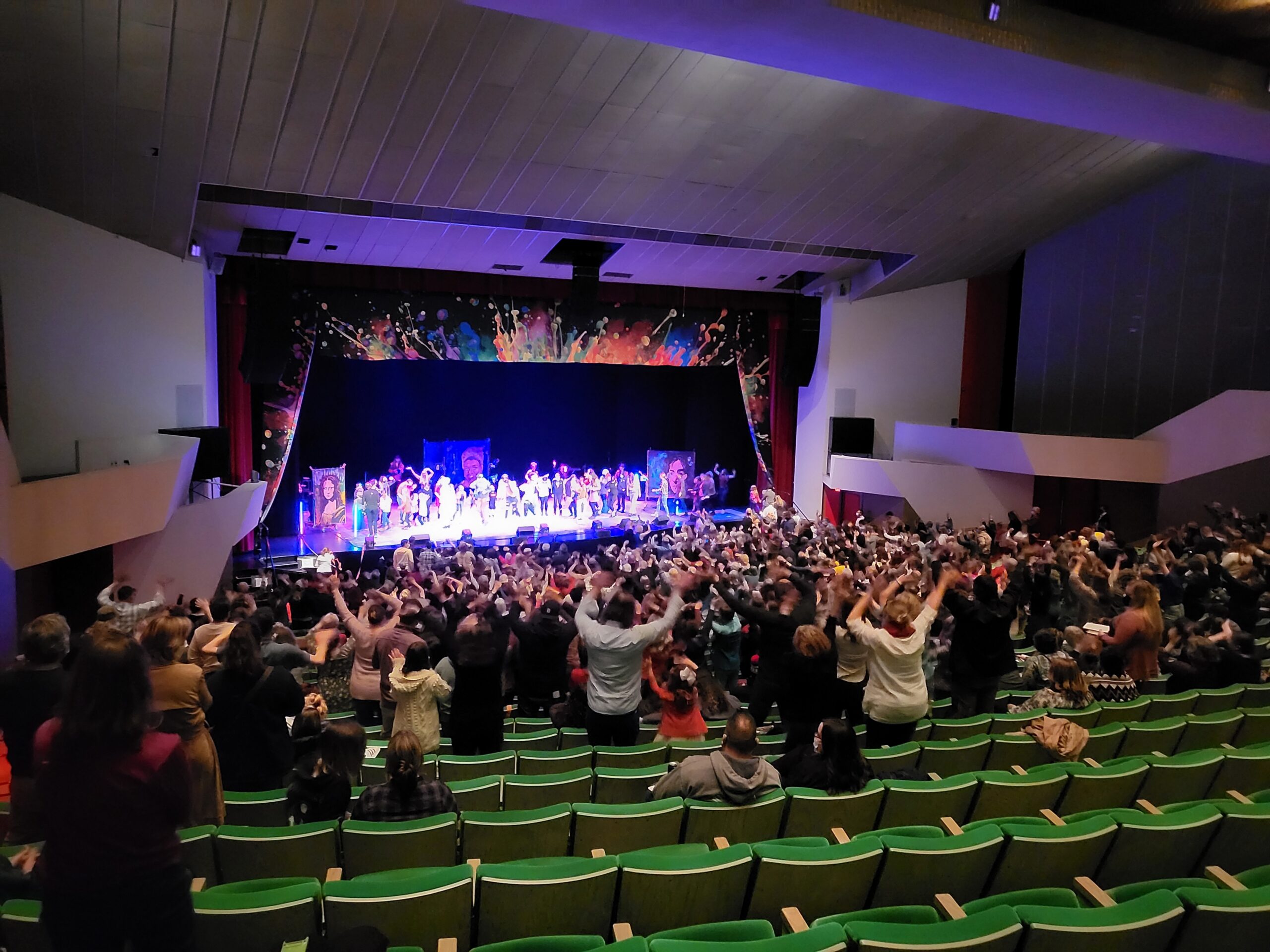Today the National Endowment for the Arts and the U.S. Bureau of Economic Analysis released their annual update on the national and state-level contributions of the arts and cultural sector to the nation’s gross domestic product (GDP). This data examines the strength of the creative sector in 2021, one year into the pandemic. A national summary report and a set of interactive graphics are available on arts.gov.
We took a look at the national data sets, and at the state-level summary reports to see what we can learn about the economic strength of the Midwest’s creative sector. Here are the highlights.

National Highlights
The arts and cultural industries continue to strengthen the U.S. economy, contributing to the nation’s GDP in significant ways. However, many of 35 industries tracked in the study, which include both commercial and nonprofit entities, have been affected by the pandemic. Key highlights from the data include:
-
1
Total economic value added by arts and culture grew by 13.7 percent from 2020-2021.
This surpasses the rate of total U.S. economic growth, which saw a 5.9 percent increase in the same period.
-
2
10 industries saw gains in 2021, but have not returned to 2019 levels.
Industries that have not returned to pre-pandemic levels include independent writers, artists, and performers; performing arts organizations; theatrical ticket agencies; musical instrument manufacturers and fine arts education (excluding public schools).
-
3
The fastest-growing arts and cultural industry (in terms of employment) was motion pictures.
From 2020 to 2021, motion pictures saw a 23% increase from the previous year.
The National Endowment for the Arts reports that despite some setbacks related to the pandemic, the overall arts economy in 2021 represented 4.4 percent of GDP, or just over $1.0 trillion—a new high-water mark.

Regional Highlights
As one of six U.S. Regional Arts Organizations, Arts Midwest is invested in understanding the health and needs of the arts and culture sector across our nine-state geography of Illinois, Indiana, Iowa, Michigan, Minnesota, North Dakota, Ohio, South Dakota, and Wisconsin. Key highlights from the Midwest data include:
-
1
The Midwest’s arts and cultural industries added a collective $109 billion in value to the nation’s GDP.
Value add ranged by state from $1 billion to $31 billion, and averaged $12 billion per state.
-
2
Arts and cultural industries provide 784,000 jobs in the Midwest.
This figure represents employment across the 35 industries tracked in this study.
-
3
Value added to the GDP rose on average by 10 percent in the Midwest between 2020-2021.
Arts and cultural employment grew 4 percent in that same period. Both value add and employment growth in the Midwest fell slightly below the national averages of 12 percent and 5 percent, respectively.
Three of the states in our region qualify as “rural” in this analysis: Iowa, North Dakota, and South Dakota.* Despite smaller population sizes, those states are still home to strong arts and culture sectors, with $7.3 billion in total arts and culture value added to the U.S. economy and more than 65,000 people employed by arts and culture.
* A rural state is one in which at least 30% of the population lives in “rural” areas as categorized by the U.S. Census Bureau. The Census Breau defines “rural” to encompass all population, housing, and territory not included within urban areas. The Census Bureau identifies two types of urban areas: (1) urbanized areas of 50,000 or more people; and (2) urban clusters of at least 2,500 and less than 50,000 people.

The Takeaways
Both the national and regional analysis point to continued growth and strength in arts and cultural industries across the United States. This growth continues to outpace other sectors of the U.S. economy. Arts and culture industries in the Midwest average 10 percent in value added to the GDP, compared to the national non-arts and culture rate of 5.9%. These trends show what we know: Arts and cultural industries are important economic drivers across our region and the nation.
The data also highlights the continued need for investment in arts and cultural recovery and resilience. While all 35 industries studied in this project are seeing post-pandemic recovery, independent artists and the performing arts sector are recovering slower, which is concerning. As part of our commitment to the entire Midwest arts and culture sector, we will continue to watch this data and examine ways in which we can leverage support for these vital industries.
Want to learn more about the state of the arts economy in 2021? Explore the size of the arts and cultural sector, the number of workers employed by creative industries, consumer expenditures on arts and culture, and much more over at the National Endowment for the Arts website.
